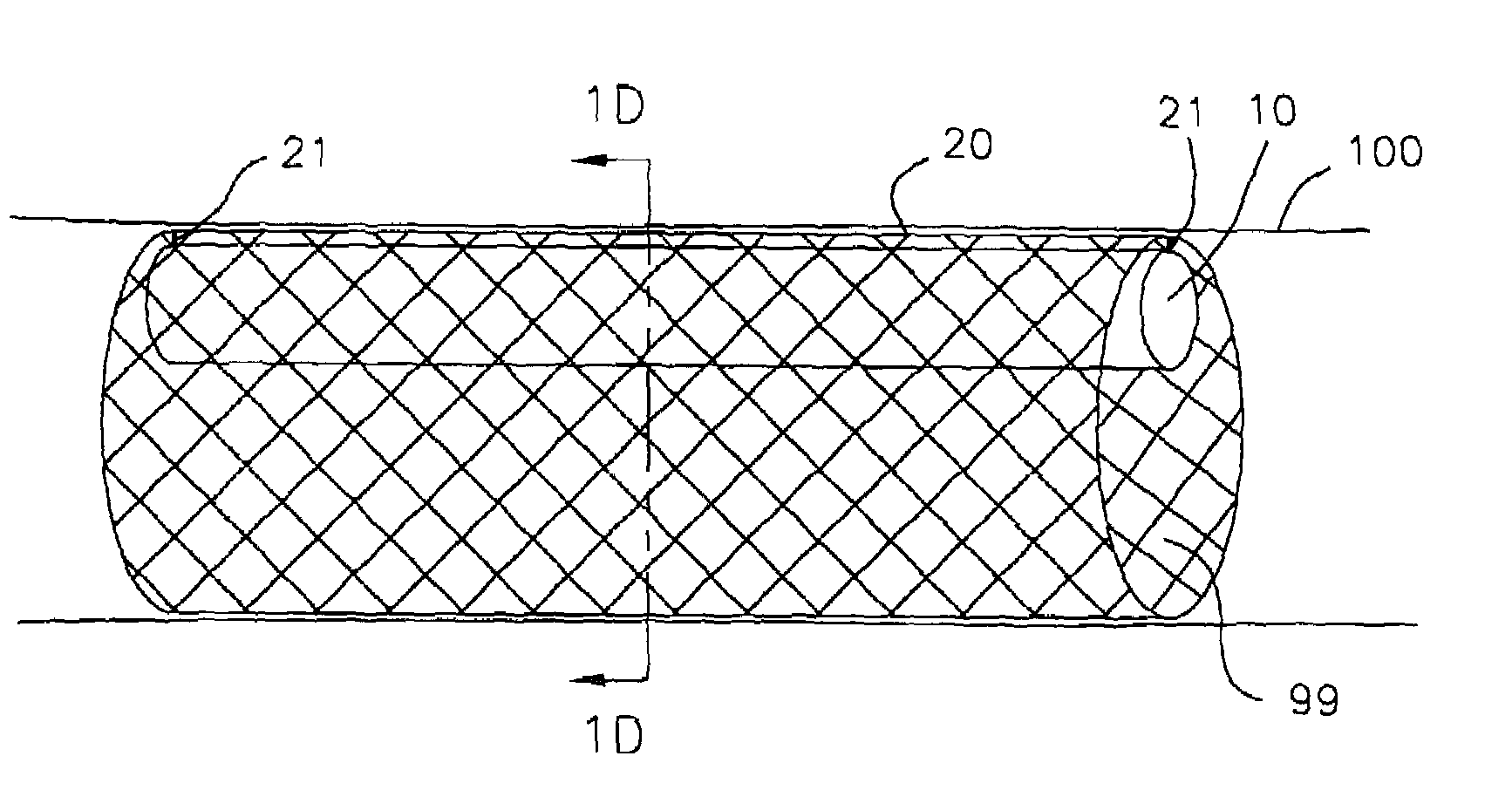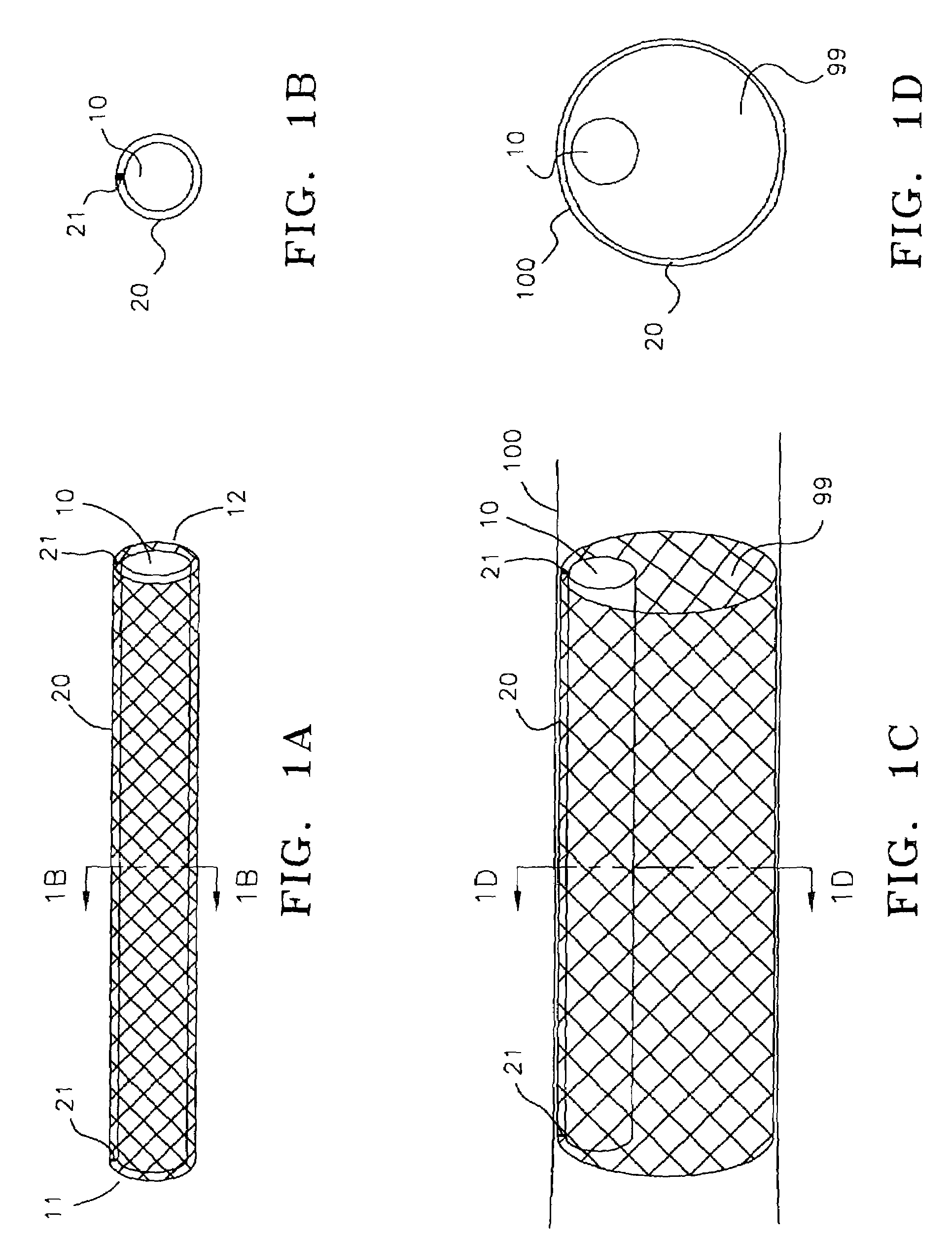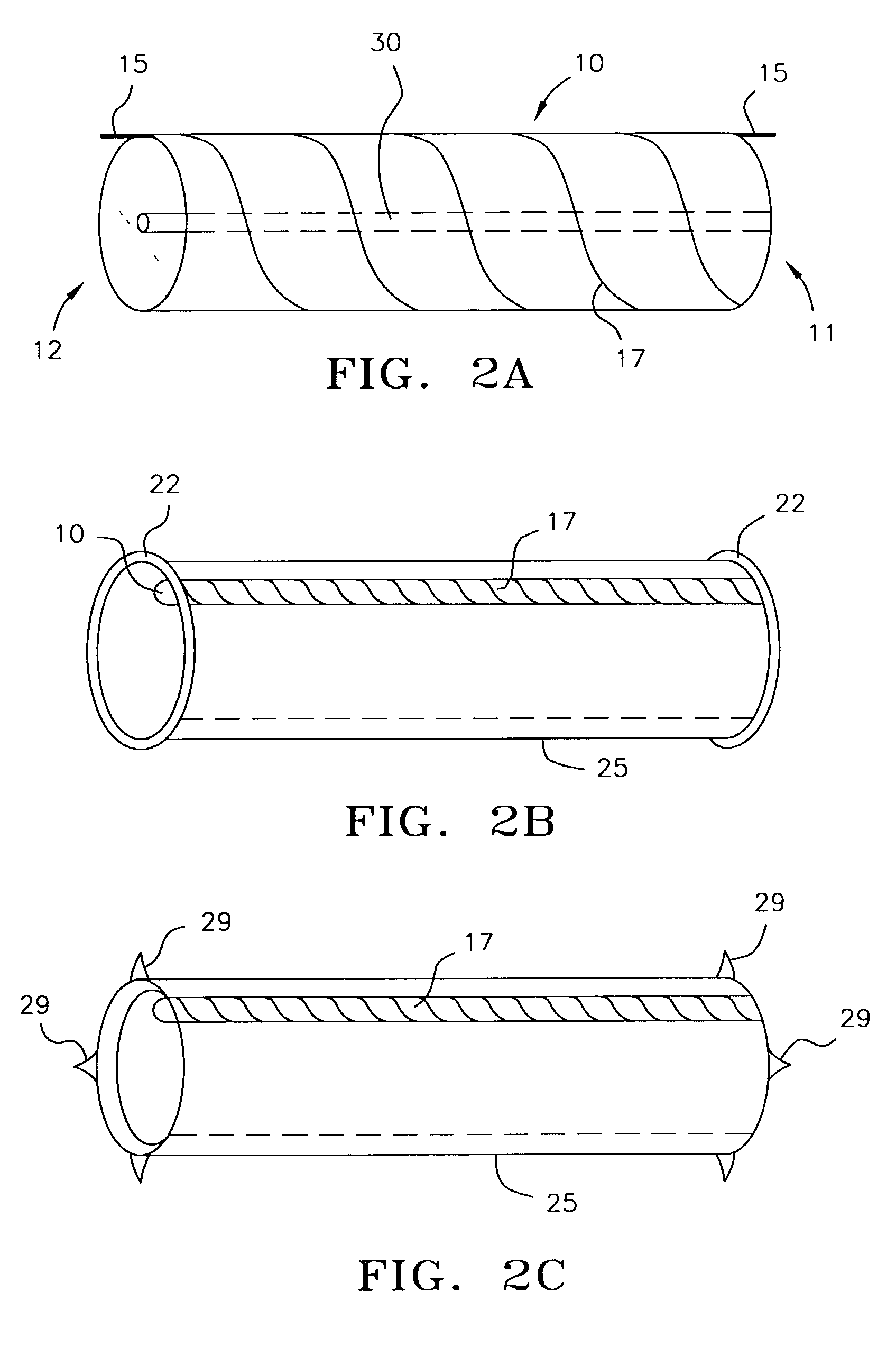Endoscopic arterial pumps for treatment of cardiac insufficiency and venous pumps for right-sided cardiac support
a technology of endoscopic arterial pumps and right-sided cardiac support, which is applied in the direction of heart stimulators, prostheses, therapy, etc., can solve the problems of fewer than 3,000 donor hearts available each year, refractory to standard medical and surgical treatment, and the cost of annual treatment estimated to exceed 10 billion dollars, so as to achieve easy weaning and easy removal or replacement
- Summary
- Abstract
- Description
- Claims
- Application Information
AI Technical Summary
Benefits of technology
Problems solved by technology
Method used
Image
Examples
Embodiment Construction
[0041]Although endoscopic deployment of the pump utilizing a stent is most useful in treating patients with heart failure, the methods disclosed herein can be used to treat a variety of conditions involving arterial and / or venous insufficiency. The pump can be deployed in a vessel which supplies a vital organ, e.g., in the renal artery to increase flow to the kidneys. The pump(s) can be deployed in any vessel where augmentation of blood flow is needed.
[0042]In FIG. 1A, pump 10 is disposed within stent 20. Proximal end 11 and distal end 12 of the pump are attached to stent 20 by direct bonding or through anchoring elements 21. FIG. 1B provides a cross sectional view of the pump / stent assembly. The stent is made of a memory retaining biocompatible material, e.g., nitinol, and can be placed in a collapsed condition before deployment to facilitate insertion into a vessel. The pump / stent assembly is releasably mounted on a distal end of a catheter. In treating patients with congestive he...
PUM
 Login to View More
Login to View More Abstract
Description
Claims
Application Information
 Login to View More
Login to View More - R&D
- Intellectual Property
- Life Sciences
- Materials
- Tech Scout
- Unparalleled Data Quality
- Higher Quality Content
- 60% Fewer Hallucinations
Browse by: Latest US Patents, China's latest patents, Technical Efficacy Thesaurus, Application Domain, Technology Topic, Popular Technical Reports.
© 2025 PatSnap. All rights reserved.Legal|Privacy policy|Modern Slavery Act Transparency Statement|Sitemap|About US| Contact US: help@patsnap.com



